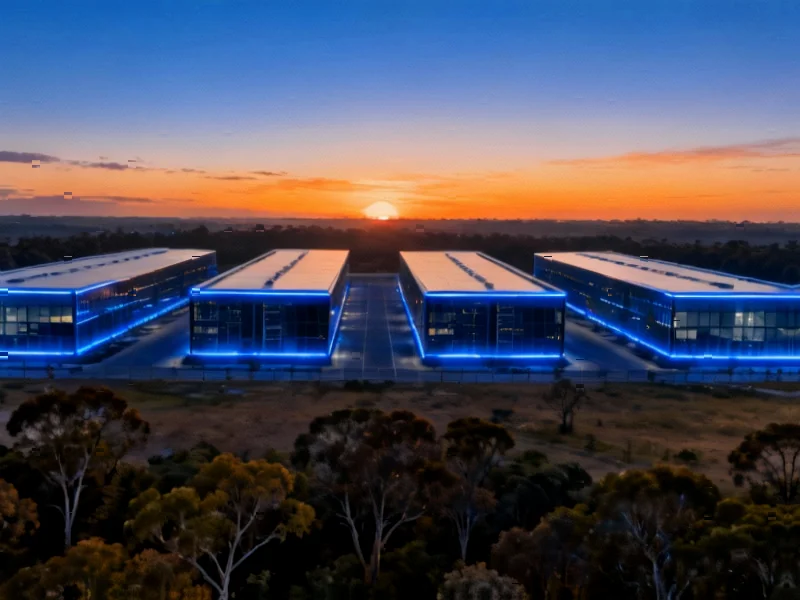According to Android Authority, Spotify is likely preparing to increase Premium subscription prices after introducing lossless audio quality earlier this year. The company rolled out its HiFi tier allowing 24-bit/44.1 kHz FLAC streaming several months ago without the expected accompanying price hike. Now Spotify appears to be testing the waters for increases by restructuring Premium plans in various international markets. This follows years of speculation that lossless audio would inevitably lead to higher subscription costs. The timing suggests Spotify absorbed the initial infrastructure costs but now needs to recoup that investment.
The Writing’s on the Wall
Here’s the thing – we all knew this was coming eventually. Spotify has been playing the long game with lossless audio, basically eating the costs temporarily to avoid scaring off subscribers during the initial rollout. But high-quality streaming isn’t cheap, and those server bills don’t pay themselves. The company’s been quietly restructuring Premium tiers in other regions as a soft launch for broader price increases. It’s the classic tech company move: add a shiny new feature, let users get comfortable with it, then hit them with the bill.
The Streaming Math Just Doesn’t Add Up
And let’s be real – Spotify has been under pressure to improve its margins for years. They’re stuck between artists demanding higher payouts and subscribers expecting more features without price increases. Lossless audio requires significantly more bandwidth and storage, which translates directly to higher operating costs. So the question becomes: how long can they realistically sustain this? I’m surprised they managed to roll out lossless without immediate price adjustments, honestly. That was actually pretty consumer-friendly for a change.
Where Does This Leave the Competition?
Now the interesting part will be watching how Apple Music, Tidal, and Amazon Music respond. Apple’s had lossless included at no extra cost for years, making Spotify look late to the party. But if Spotify raises prices while maintaining its superior recommendation algorithms and social features, will users stick around? Or will this finally push people toward Apple’s ecosystem or even back to YouTube Music? The streaming wars are about to get a lot more expensive for everyone involved.




